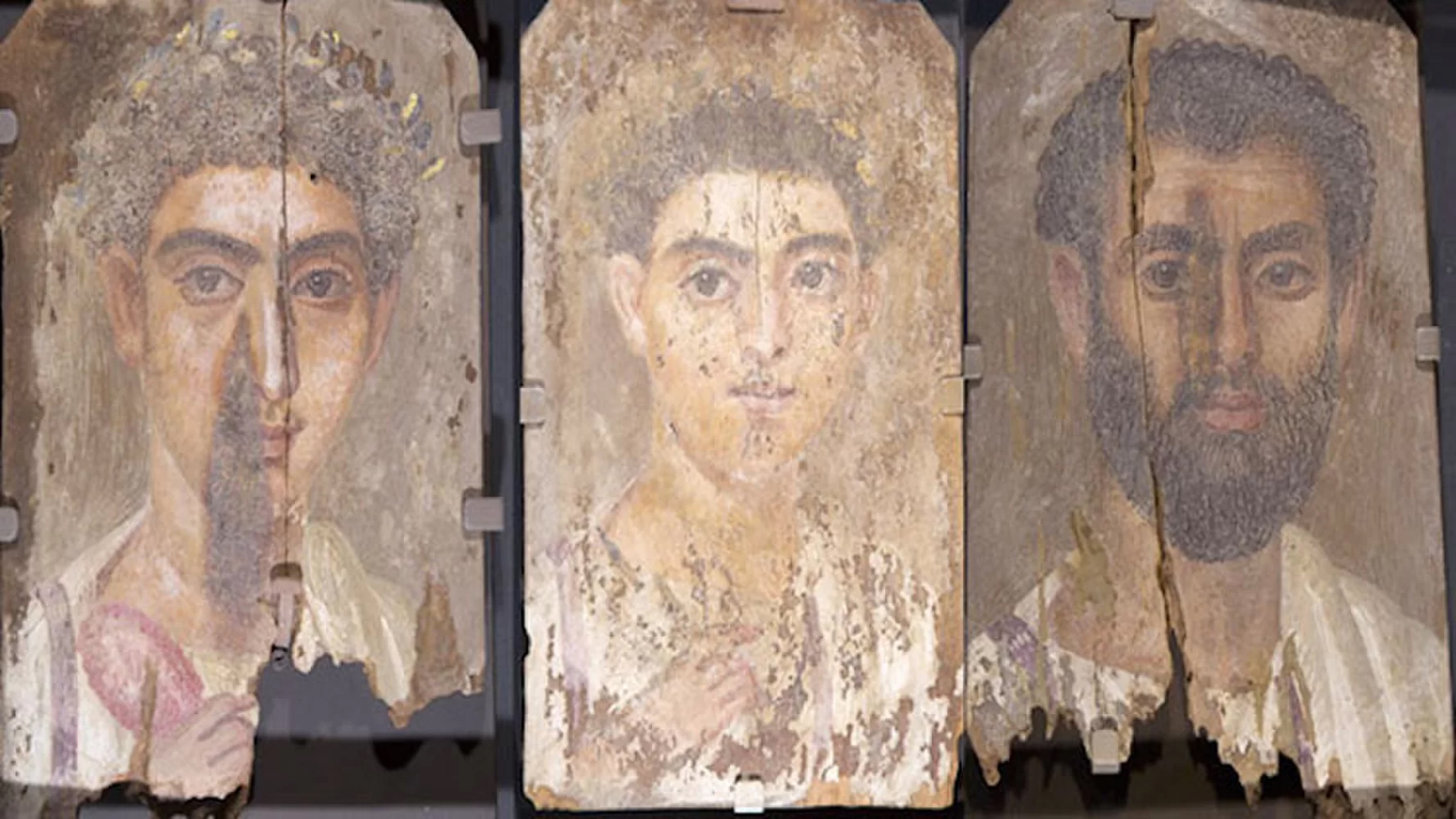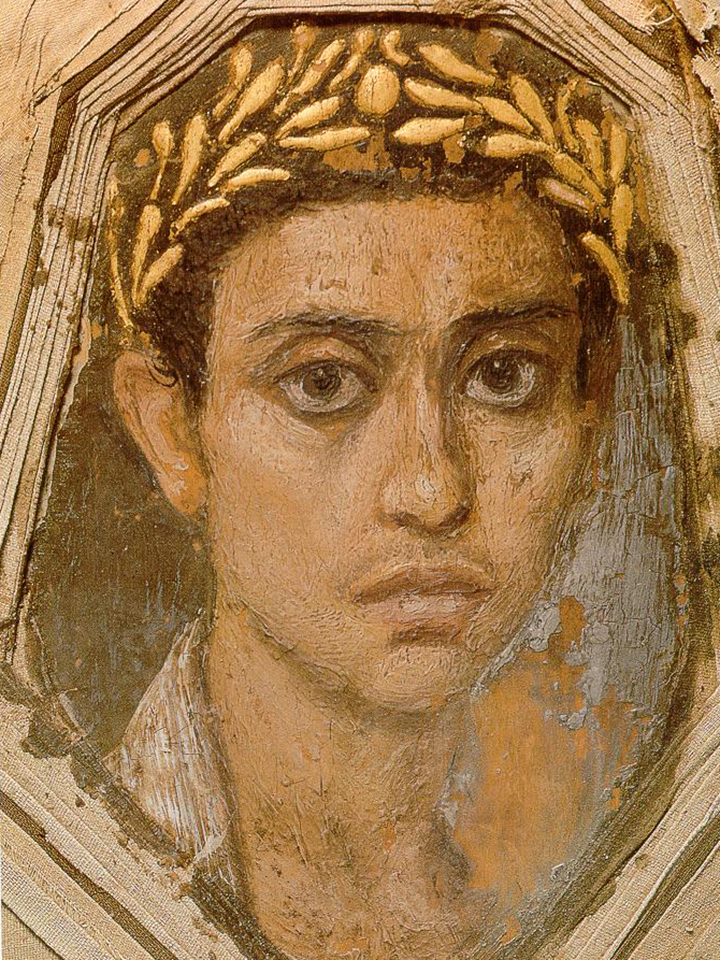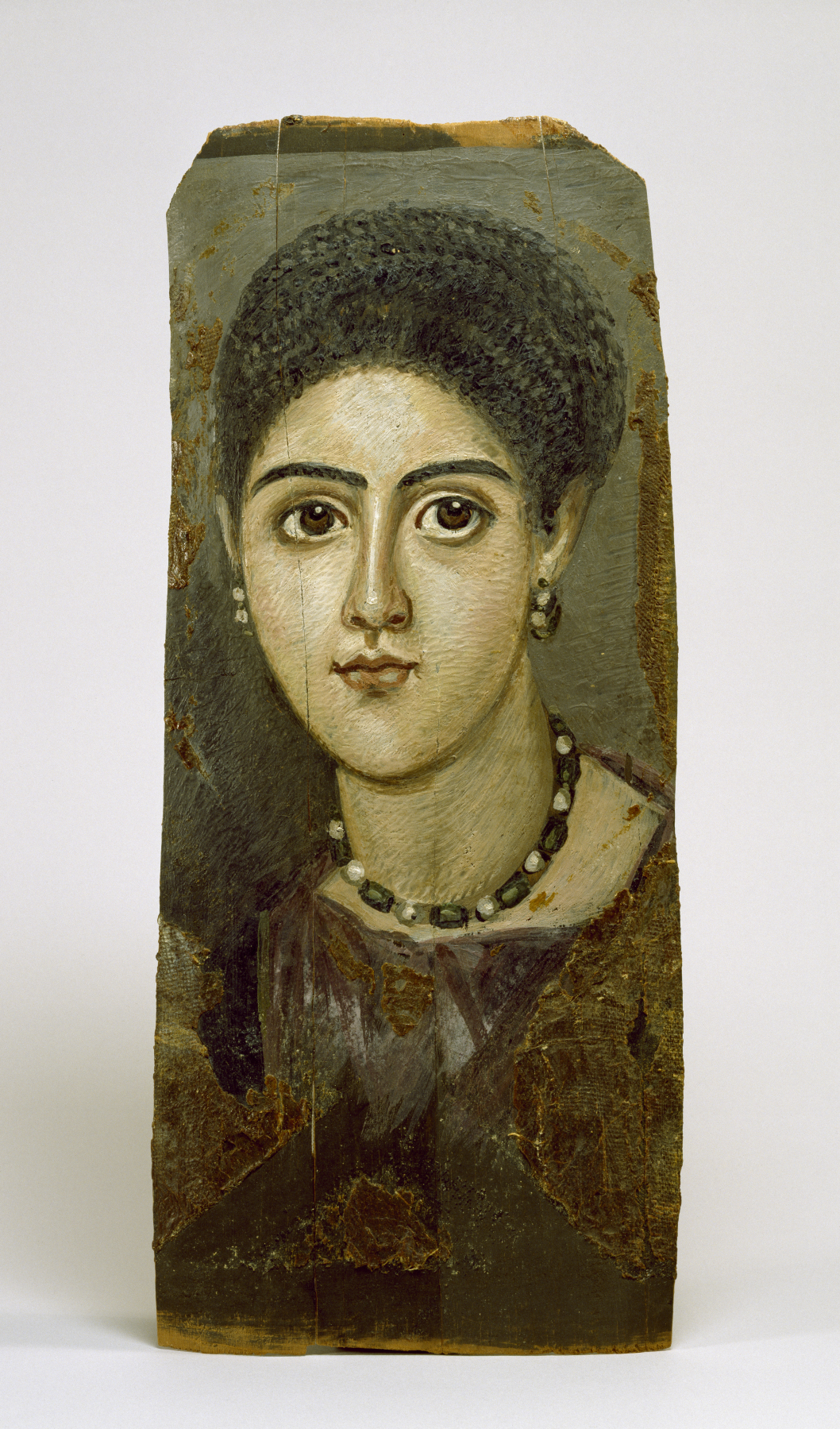Have you ever looked at a painting or a mural and been curious to know the history behind it? Well, for any art lover, it would always draw attention or interest as art comes in different shapes and forms. If you look around, you will see several works of art just out the street. It is always something interesting to learn about how they came about. Well, these Egyptian paintings have been there for years but recently scientists have discovered something remarkable about them that has left everybody opened mouthed.
2000-Year-Old Paintings
There were a few archaeologists who had been working in Egypt. These researchers soon discovered an amazing collection of mummy portraits in 1899. All these portraits looked extremely familiar with each other. And these artworks are allegedly linked to their mummified remains. These paintings were done during the time the Romans held sway in Egypt about 2,000 years ago. It was such a surprising find because the archaeologists did not expect to find so many of them. The portraits had disappeared as they were directly kept in storage ever since they had been discovered. But in the year 2015, scientists and conservators decided to hold a re-evaluation of these paintings. What they were to discover completely left them amazed.

All The Way To Europe
Like we had mentioned earlier, there have been so many records of Egyptian paintings being discovered. And it was not until the beginning of the 1800s that there additional discoveries. These new discoveries soon found their way back into some European collections. It is quite amazing if you think about how recent the uncovering of these paintings happened.And also, the paintings’ final destinations would then become the British Museum in London. There are some painting that has been placed at the Louvre in Paris as well. Who knows, there could be some more of them waiting to be discovered. So what did they found after a closer inspection? 
A Closer Look
And so after these paintings were discovered, there was no extensive study as such placed on them. There was bound to be researches who wish to take a closer, to decipher what these paintings meant. And so naturally, by the late 19th century, serious archaeologists such as Brit Flinders Petrie were soon drawn to take a closer look at these portraits. And after putting in work and effort, Petrie finally discovered 81 portraits at Hawara in 1887. He had been working profusely to hopefully dig up something new and exciting regarding these Egyptian portraits. His discoveries have been placed in London and the works obviously attracted a lot of attention, a crowd attraction actually.

What Did They Find?
After they could finally take a closer look at the details of the paintings, the researchers would soon discover something quite intriguing. There was a particular finding that left the researchers puzzled at first. It appears that out of six of these 15 paintings’ background layer had blue pigment. It was a detail that these researchers did not expect to discover. What the researcher revealed was something that the world had never heard of before. “The discovery changes our understanding of how this particular pigment was used by artists in the second century A.D.. I suspect we will start to find unusual uses of this colorant in a lot of different works of art, such as wall paintings and sculpture,” claims expert Walton.
Something More
“For example,” Walton further explained, “we found that the iron-earth pigments most likely came from Keos in Greece, the red lead from Spain and the wood substrate on which the portraits are painted came from central Europe.” The artists that painted these masterpieces were not just using sophisticated techniques to create subtle hues, the supply chain during their time falls at par with what is used even today.
